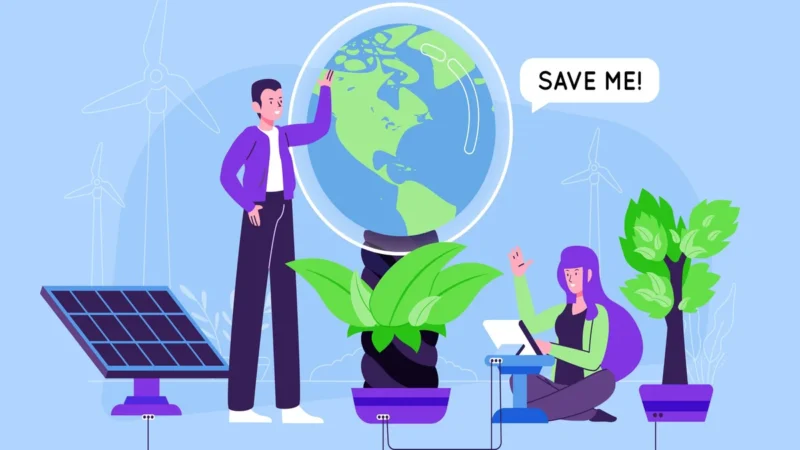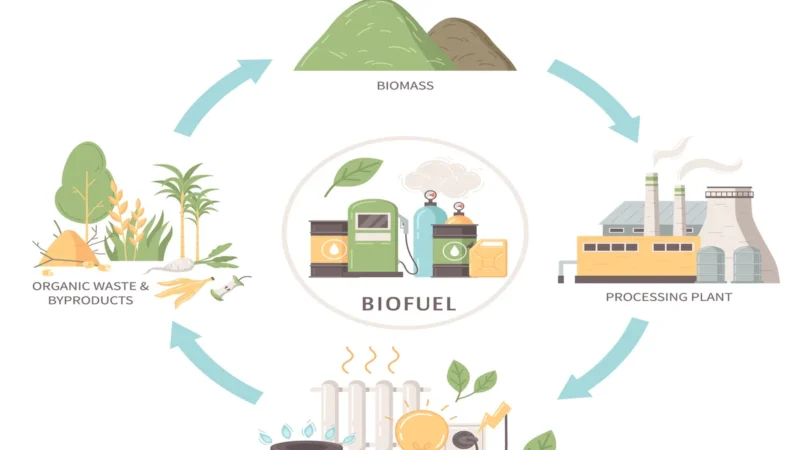Energy Transition: An Inclusive Framework for Energy Transformation

The global energy sector is undergoing a significant transformation. This shift, known as the energy transition, involves a move away from fossil fuels towards more sustainable and renewable sources of energy. The energy transition is not just about changing the types of energy we use, but also about changing the way we produce, distribute, and consume energy.
The Need for Energy Transition
The primary driver of the energy transition is the urgent need to combat climate change. Burning fossil fuels releases carbon dioxide (CO2), a greenhouse gas that contributes to global warming. By transitioning to renewable sources of energy like wind, solar, and hydroelectric power, we can significantly reduce our CO2 emissions.
However, the energy transition is not just about environmental sustainability. It’s also about economic sustainability. Renewable energy technologies are becoming increasingly cost-competitive with fossil fuels. Moreover, they offer the potential for job creation and economic growth.
Challenges in Energy Transition
Despite the clear benefits, the energy transition faces several challenges. These include technical challenges related to grid integration and energy storage, economic challenges related to market design and financing, and social challenges related to public acceptance and equity.
An Inclusive Framework for Energy Transition
An inclusive framework for energy transition needs to address these challenges in a holistic manner. It should include strategies for:
- Technology Innovation: Developing and deploying new technologies for renewable energy generation, energy storage, and grid management.
- Policy Support: Implementing policies that support renewable energy deployment, such as feed-in tariffs, tax incentives, and renewable portfolio standards.
- Market Design: Designing electricity markets that value the unique attributes of renewable energy and facilitate their integration into the grid.
- Financing Mechanisms: Establishing mechanisms for financing renewable energy projects, such as green bonds and climate funds.
- Public Engagement: Engaging with the public to increase awareness and acceptance of renewable energy.
- Equity Considerations: Ensuring that the benefits of the energy transition are shared equitably, and that vulnerable communities are not left behind.
Key Takeaways
The energy transition is a complex process that requires a comprehensive and inclusive approach. By addressing the technical, economic, and social challenges in a holistic manner, we can ensure a successful transition to a sustainable and equitable energy future.
FAQs:
Energy transition refers to the global energy sector’s shift from fossil fuels towards more sustainable and renewable sources of energy.
The primary driver of the energy transition is the urgent need to combat climate change. It’s also about economic sustainability as renewable energy technologies are becoming increasingly cost-competitive with fossil fuels.
The energy transition faces several challenges, including technical challenges related to grid integration and energy storage, economic challenges related to market design and financing, and social challenges related to public acceptance and equity.
An inclusive framework for energy transition should include strategies for technology innovation, policy support, market design, financing mechanisms, public engagement, and equity considerations.
Public engagement can be increased by raising awareness about the benefits of renewable energy and involving the public in decision-making processes related to energy policies and projects.


